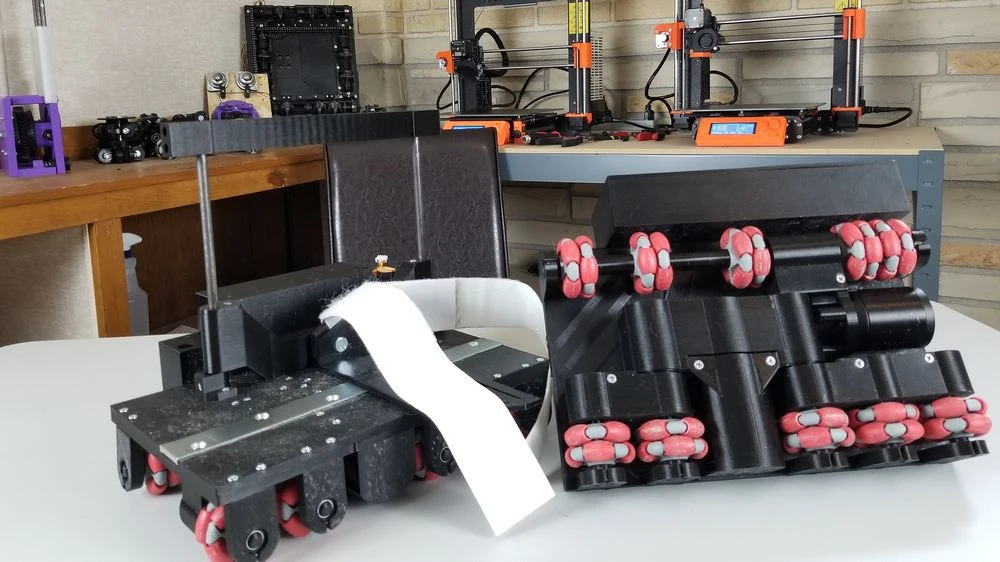Roller skates VR — a new solution for virtual locomotion

Roller skates VR - a new solution for virtual locomotion

Amateur demonstrates the experiment with a special VR-rollers on Reddit, which should provide a natural movement in virtual reality.
No one has found the perfect movement in VR. Some people don't want to take any other types of locomotion, except for a smooth movement, because it is the only way to achieve maximum immersion.
Others prefer teleportation, because otherwise they suffer from motion sickness. Still others prefer a mixture of both options and do not feel isolated from the virtual worlds when the movement occurs by means of teleportation.
Motor roller skates for VR
One VR-enthusiast now has posted an interesting experiment on Reddit. In contrast to previous concepts of roller skates, it demonstrates a special motorized inline skates in his workshop, which should provide a relatively normal, running on the spot or at least in a very narrow region.
Roller skates consist of a VR platform with bi-directional rollers. Feet or shoes of the user attached to a special holder which, in turn, are connected with a certain vertical rail. This allows you to move your feet as in normal walking. The user can easily raise and even turn the legs.
Roller design in combination with the engine and the algorithm ensures that the platform remains in place, despite movement of the user. Special bi-directional rollers and their arrangement allow even a sideways movement. The movement of the user should also be monitored using the accelerometer in the future.
VR roller skates are still prototypes
The developer, which can be found on YouTube and Twitter under the name "Final Functional," argues that the published material is the first functional test. Roller skates VR continues to react very slowly and the algorithm used is also considered to be very simple.
When using VR glasses, you need to take precautions. In the video the developer uses belts attached to the ceiling. This significantly increases the effort for installation, but provides a much smaller risk of accidents, if you lose your balance.
VR roller skates: still too big, but at least interesting
For the average user of virtual reality, who wants to play a little Beat Saber, these things, of course, is not necessary. But if you, as a virtual reality enthusiast looking for maximum immersion and would really go through Skyrim or Fallout 4 VR VR VR roller skates could be the solution.

Of course, there are still many questions that need to be answered, and probably as many problems that need to be addressed. How heavy is roller skates VR? Tiring to walk in them or are they easy enough to create a relatively natural feel running?
Size inline skates is also a problem; in addition, in the video you can see that they are quite "loud" when used.
Pricing and vision for the future
Of course, there is also the question of cost: at the moment only used motors and electronic speed controllers (ESC) are about $ 500. And the prototype costs about $ 1,200. In General, the developer wants to stay below production costs in $ 1,000, his target will price about $ 600.
In addition to the already mentioned subtleties there is still room for improvement. This includes, for example, changes of fixture or material used to increase durability and ease of use, and to reduce noise. The developer also would like to make roller skates compatible with Oculus VR Quest.
Although money can be earned later, the project remains open source. There is a channel under a killing moon for suggestions and discussions. You can offer financial support in the form of donations through PayPal .
According to the developer, the main goal is "to make something useful and share it with everyone".
Source

